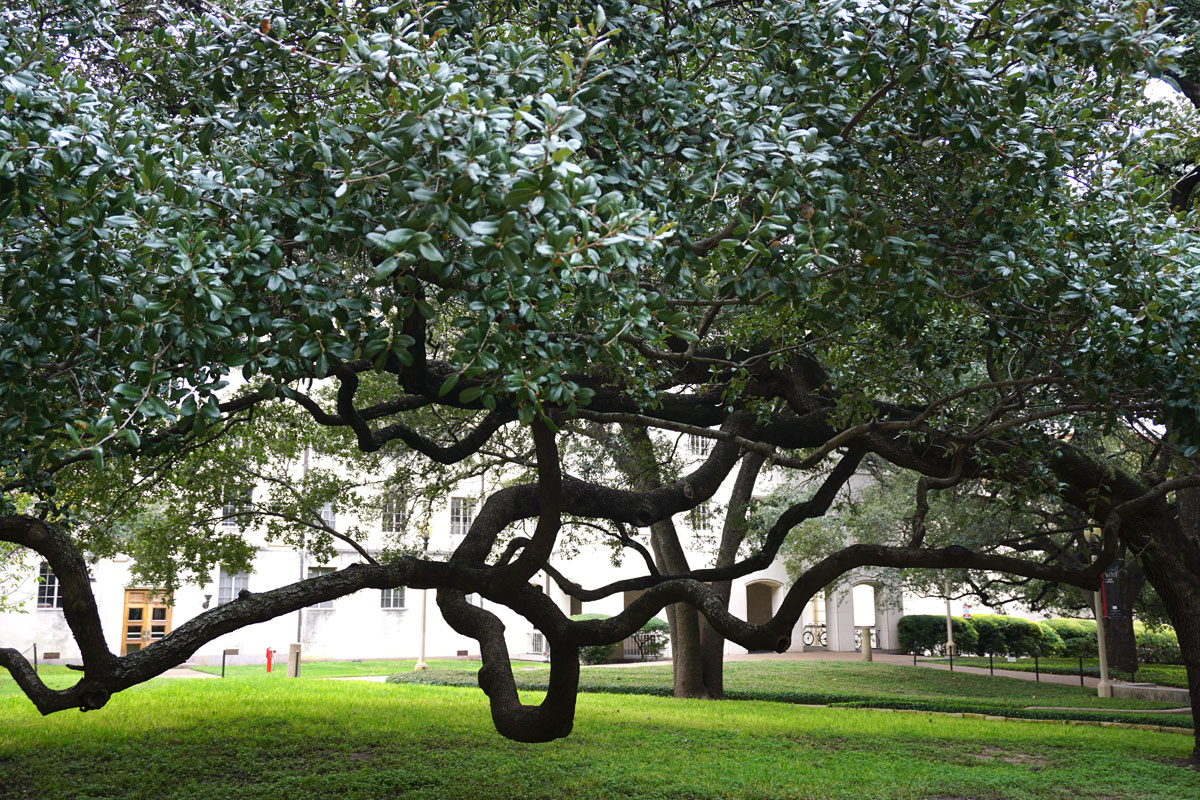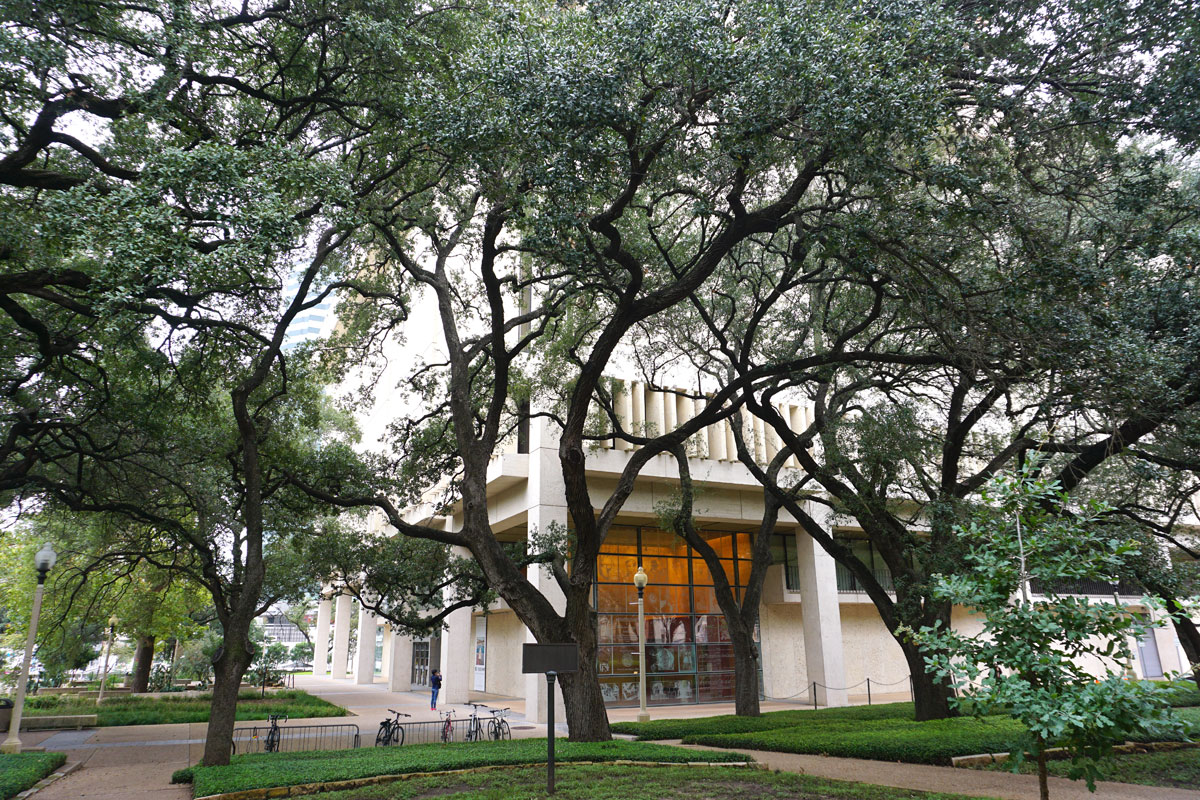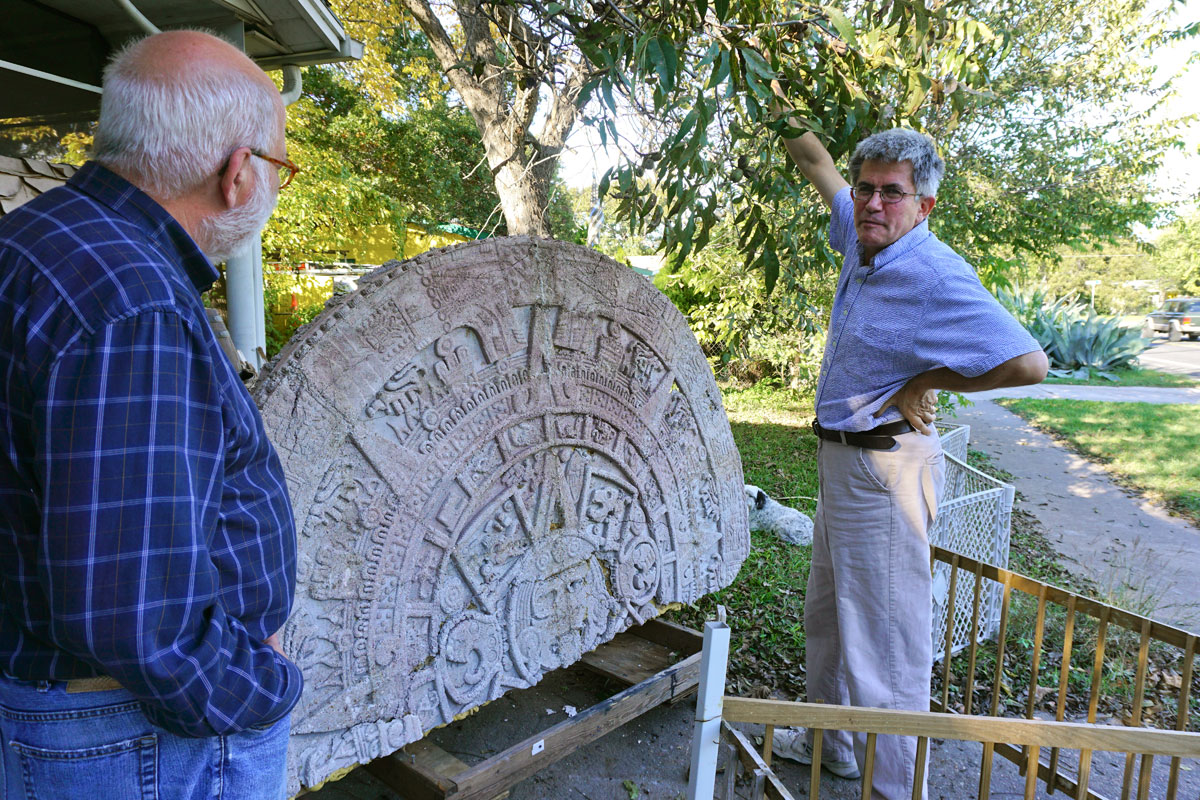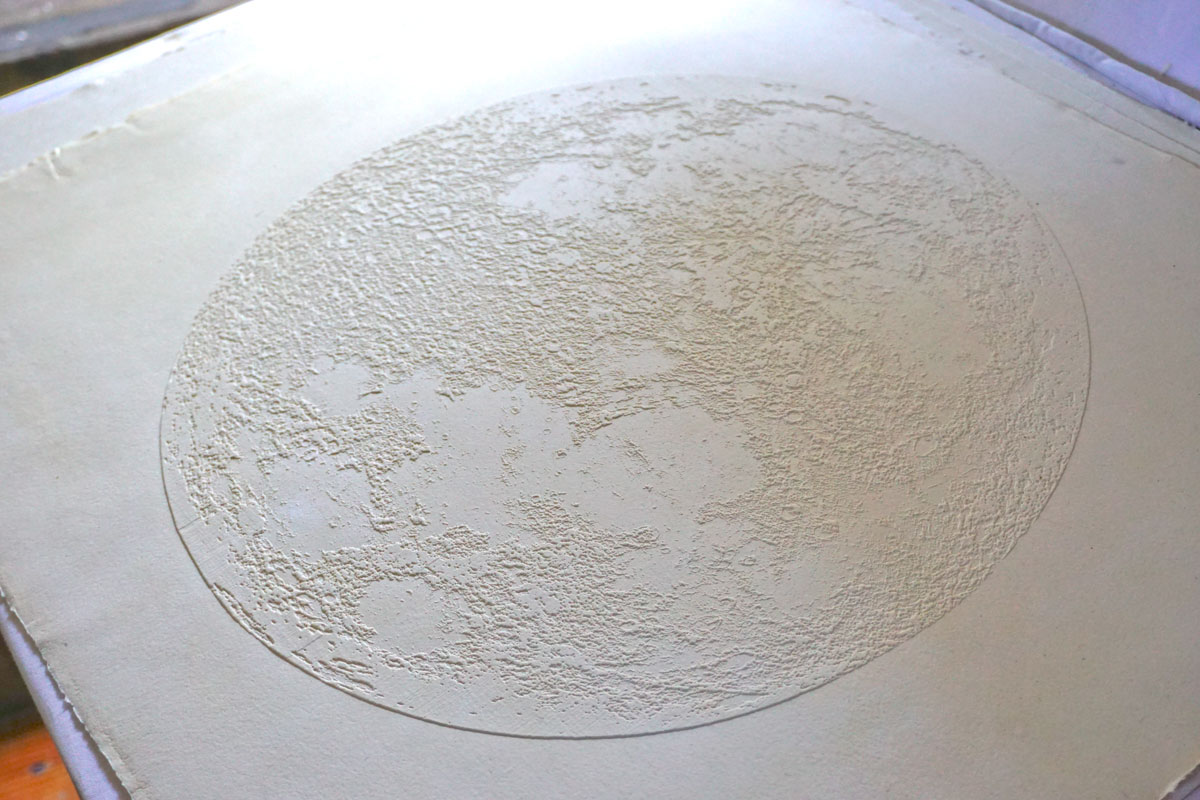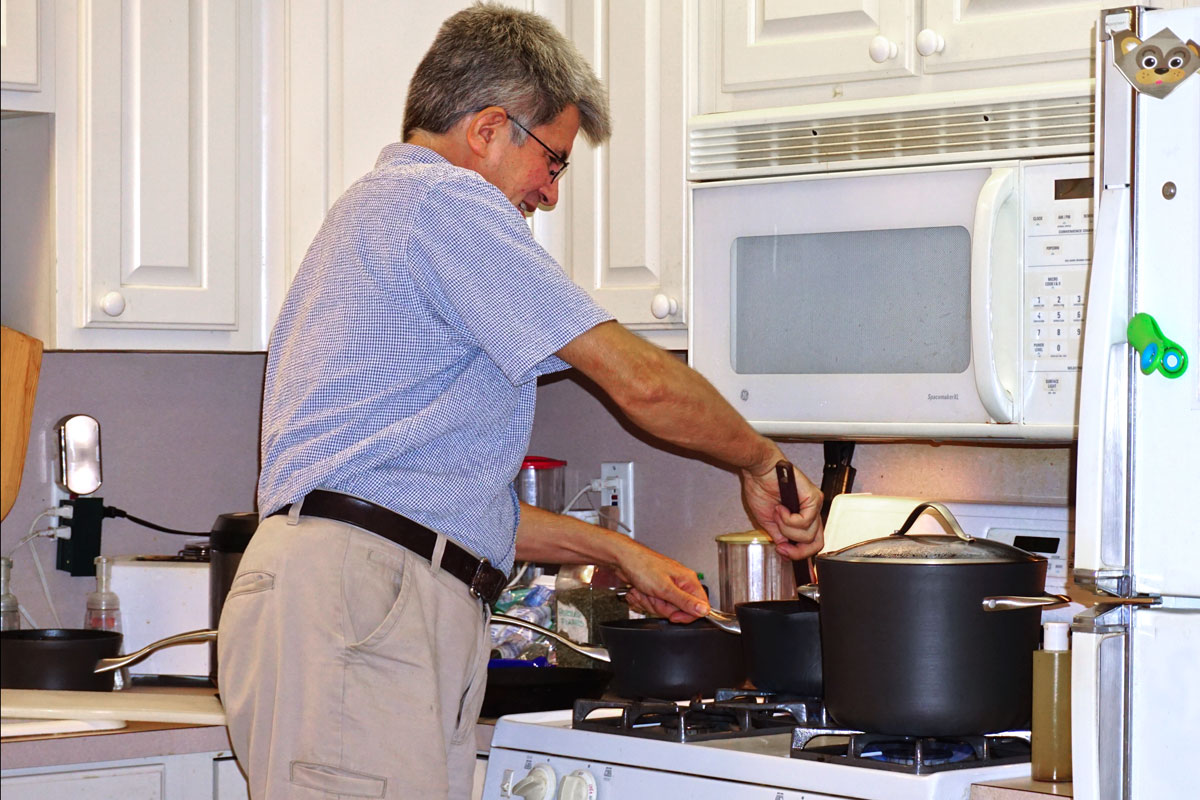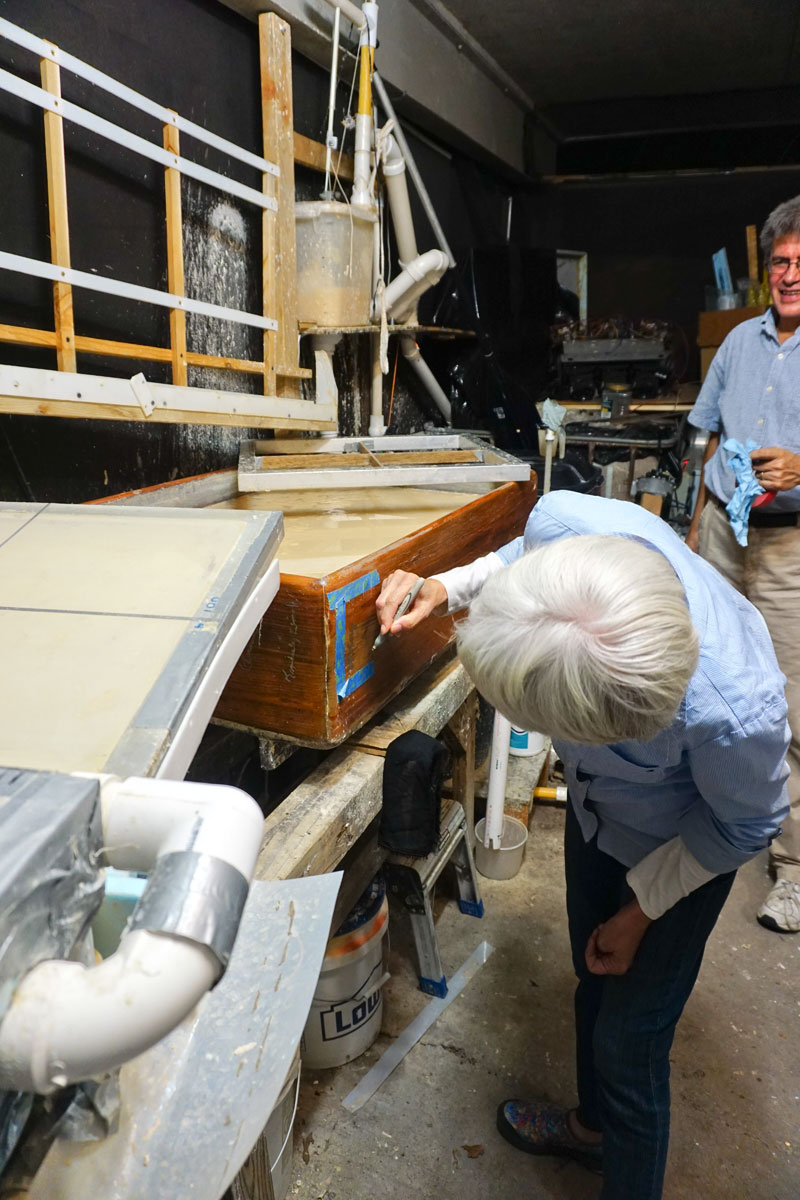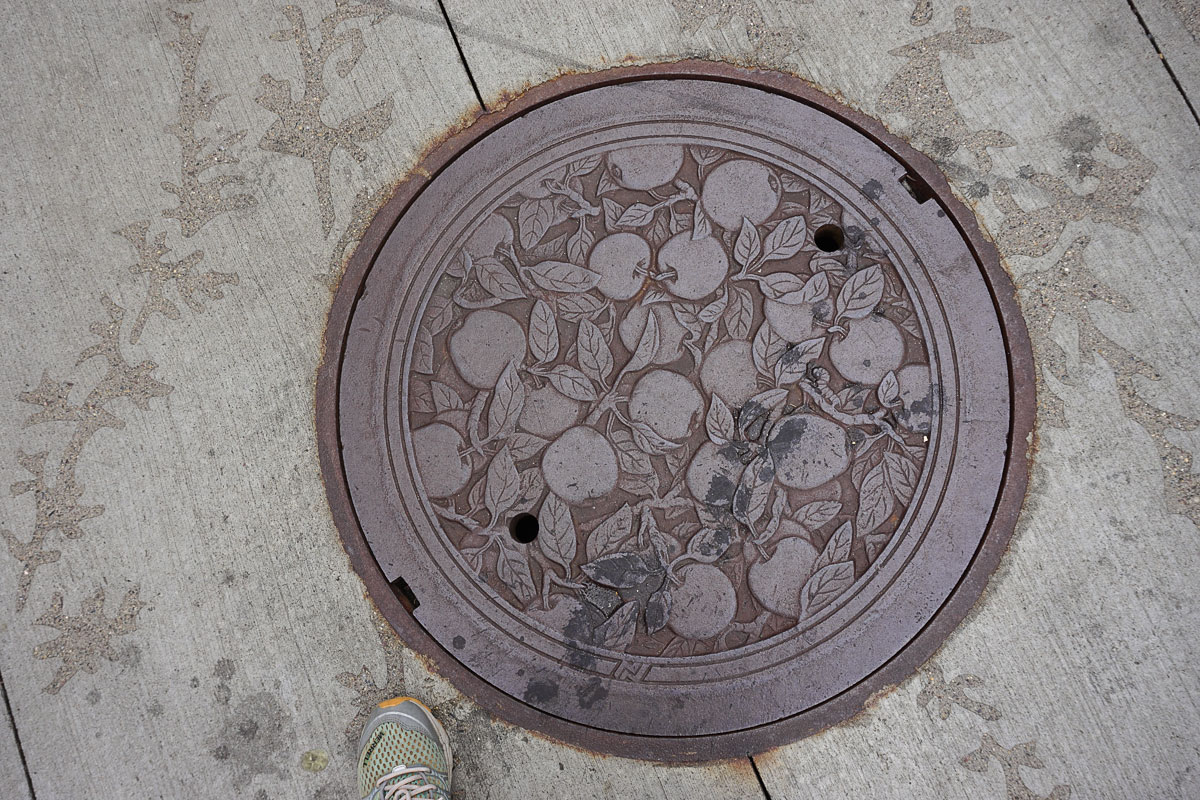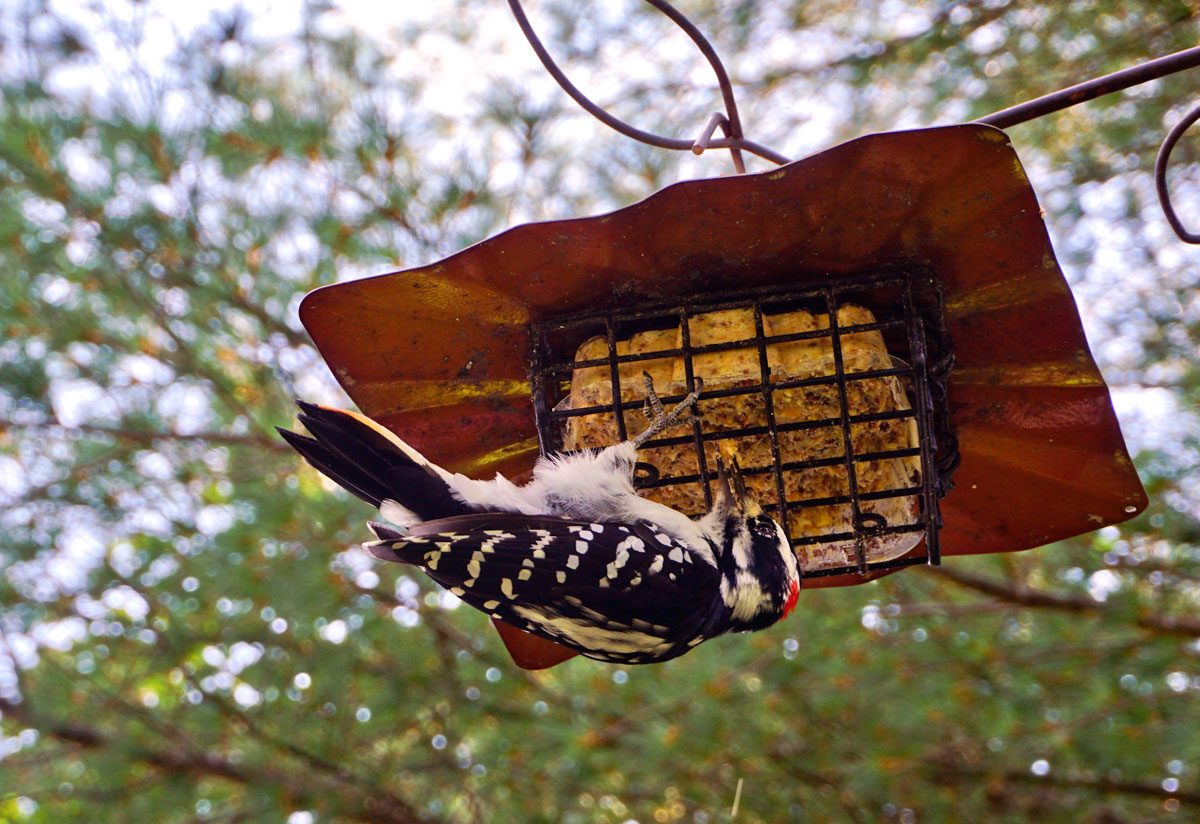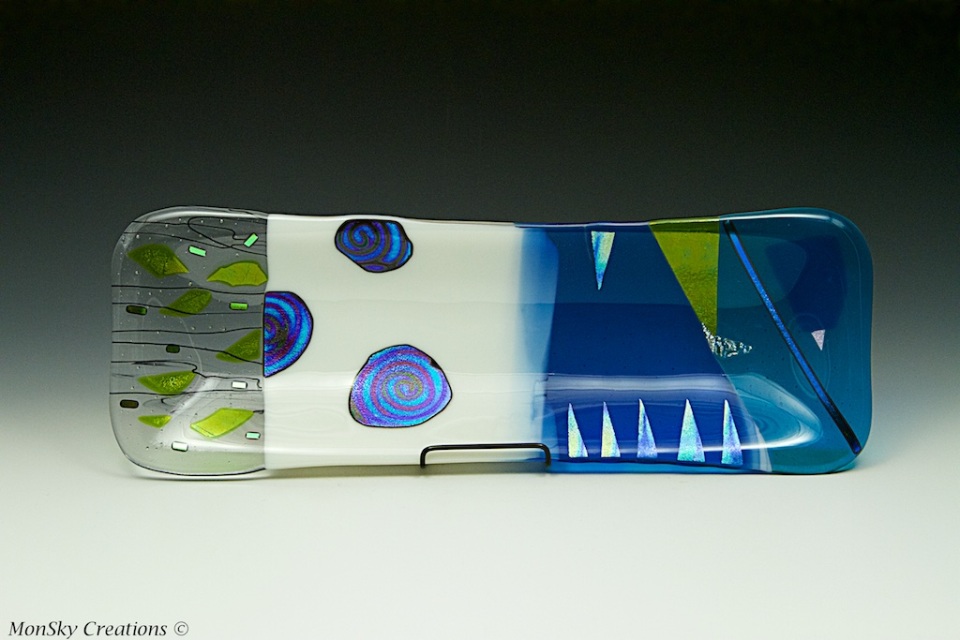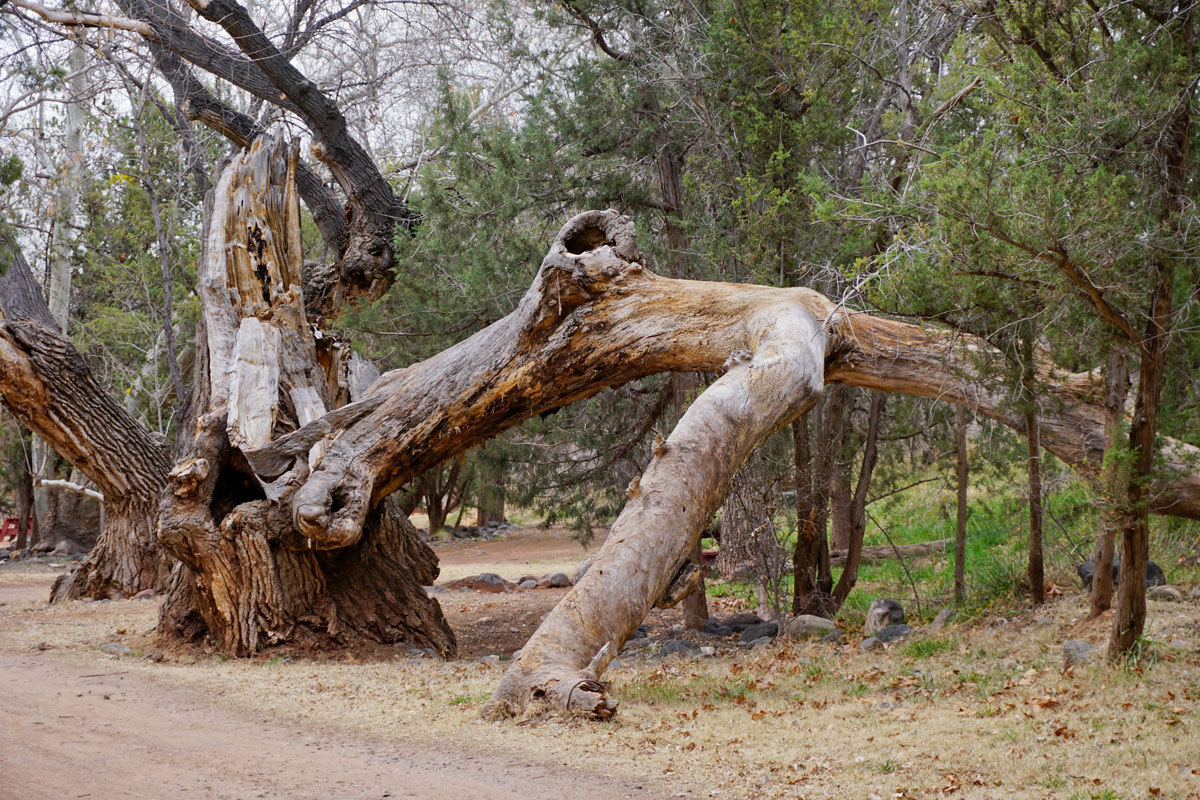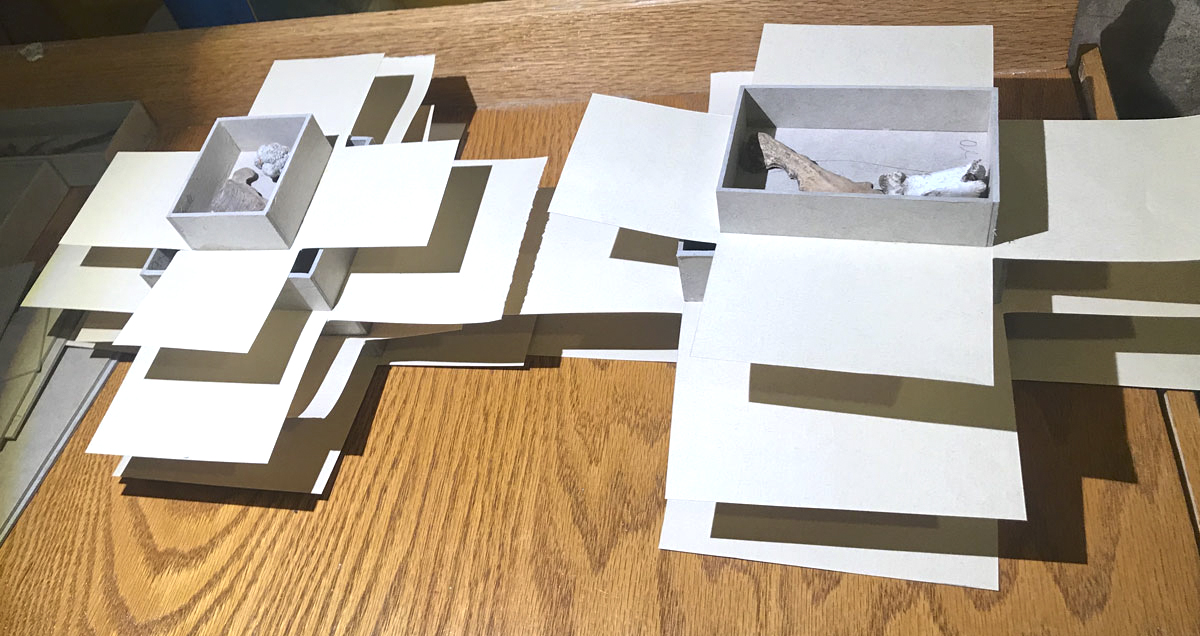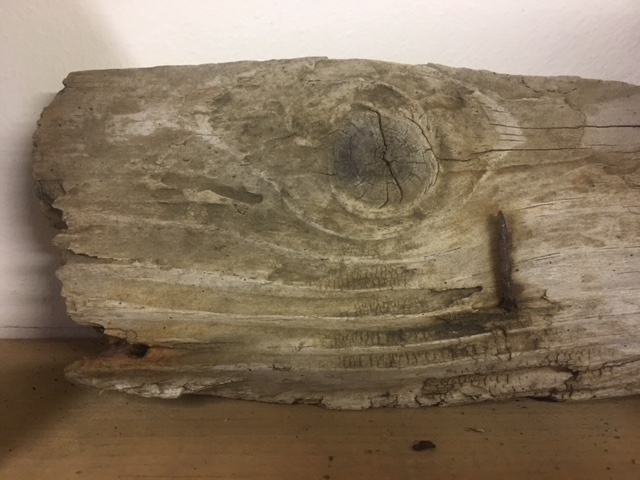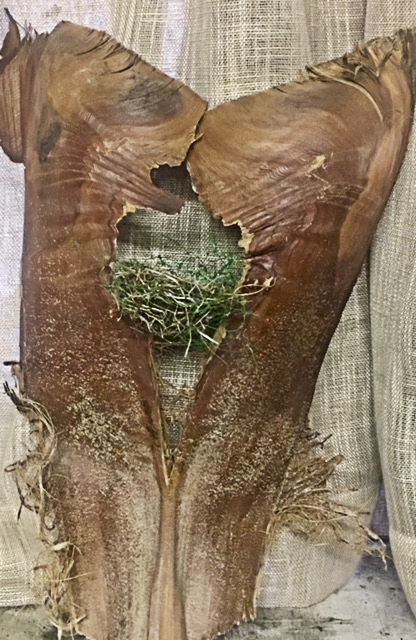The Ransom Center is a remarkable building, renovated and completed in 2003. When I visit, for me it's the addition of the building’s glass-enclosed atrium on the first floor. The entrance is surrounded by windows featuring etched reproductions of images from the collections. These architectural elements literally take the "inside out" by showcasing materials from the Center's collections and making the images viewable from both the interior and exterior of the building.
© 2018 Louise Levergneux. The Ransom Center’s etched glass South windows.
© 2018 Louise Levergneux. The Ransom Center’s etched glass windows. Detail of “Horse in Motion” by Eadweard Muybridge, ca. 1886
Before going up to the 4th floor to meet with Olivia Primanis, I typically sit and enjoy the etchings for a few minutes. The other element that is captivating for me at the Ransom Center is the trees in the gardens surrounding the building. The Quercus Virginiana is everywhere on the University of Texas campus. The Live-Oak as it is commonly called, seems to breath and move! The Live Oak, can also be observed in the Hill Country of Texas.
© 2018 Louise Levergneux. Quercus virginiana trees on the North side of The Ransom Center.
© 2018 Louise Levergneux. The Ransom Center’s Southeast etched glass windows. Details: (middle left) Migrant Mother, Dorothea Lange, 1936, (right) Illustration from Alice’s Adventures in Wonderland, John Tenniel, 1865, (bottom left) Portrait of Marianne Moore, Robert Stewart Sherriff, 1960s.
Every year, Olivia, an intern from France, and another of Olivia’s colleague and I, get together for (what Olivia calls) a French lunch. It is enjoyable to speak French in Texas! And it is an honor to be asked to join!
Olivia Primanis is the Senior Book Conservator at the Harry Ransom Center. The Conservation Department is charged with the care of the Center's collections. This responsibility poses ongoing and rewarding challenges in the areas of treatment, preventive care, research and education.
Olivia performs conservation treatments and manages the book lab and special projects. She is interested in general conservation and preservation subjects relating to library and museum materials and specific topics such as disaster recovery, the study of minimally invasive book repairs and 19th century photo album history and structure.
After our fantastic French lunch, I took the time to explore the first major exhibition of Edward Ruscha Papers and Art Collection drawn from the Ransom Center's collection.
© 2018 Louise Levergneux. American Beautyberry (Callicarpa-Americana) is a Texas native shrub of the Blackland Prairie in Central Texas, also known as French mulberry, sourbush, bunchberry, or purple beauty berry. This bush is also found on campus.
© 2018 Louise Levergneux. The Ransom Center’s Southeast etched glass windows.
After our fantastic French lunch, I took the time to explore the first major exhibition of Edward Ruscha Papers and Art Collection drawn from the Ransom Center's collection.
An intrduction to the exhibition “Ed Ruscha: Archaeology and Romance”
The remarkable exhibition Ed Ruscha: Archaeology and Romance, features more than 150 objects. The show presents Ruscha's celebrated books, photographs, drawings, and prints. The best part as an artist was to view his layout sketches and personal notebooks.
It was an excellent opportunity to see so many of Ed Ruscha’s work, like Every Building on the Sunset Strip, Twenty Six Gasoline Stations, Some Los Angeles apartments...
Ed Ruscha's 1966 accordion-fold book "Every Building on the Sunset Strip" stretching more than 20 feet long, being installed for the exhibition "Ed Ruscha: Archaeology and Romance."
Ed Ruscha: Archaeology and Romance was organized by Dr. Jessica S. McDonald, the Nancy Inman and Marlene Nathan Meyerson Curator of Photography, the exhibition examines the stages of conception, design, and production leading to the publication of Ruscha's groundbreaking artist's books and provides audiences with an unprecedented look into his creative process.
The show continues till January 6th, if you have a chance to visit, you should! Looking forward to more French speaking with Olivia and her colleagues.

